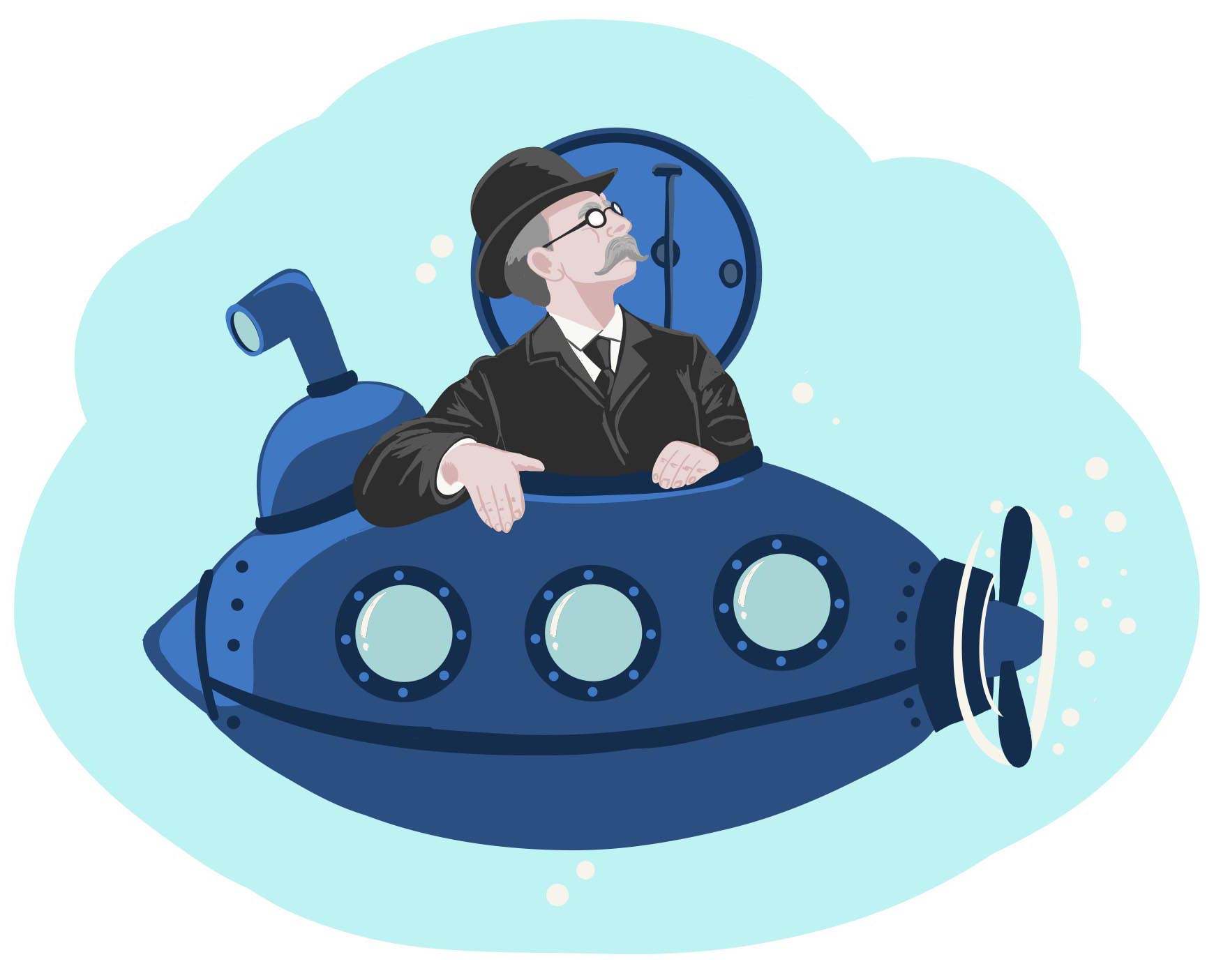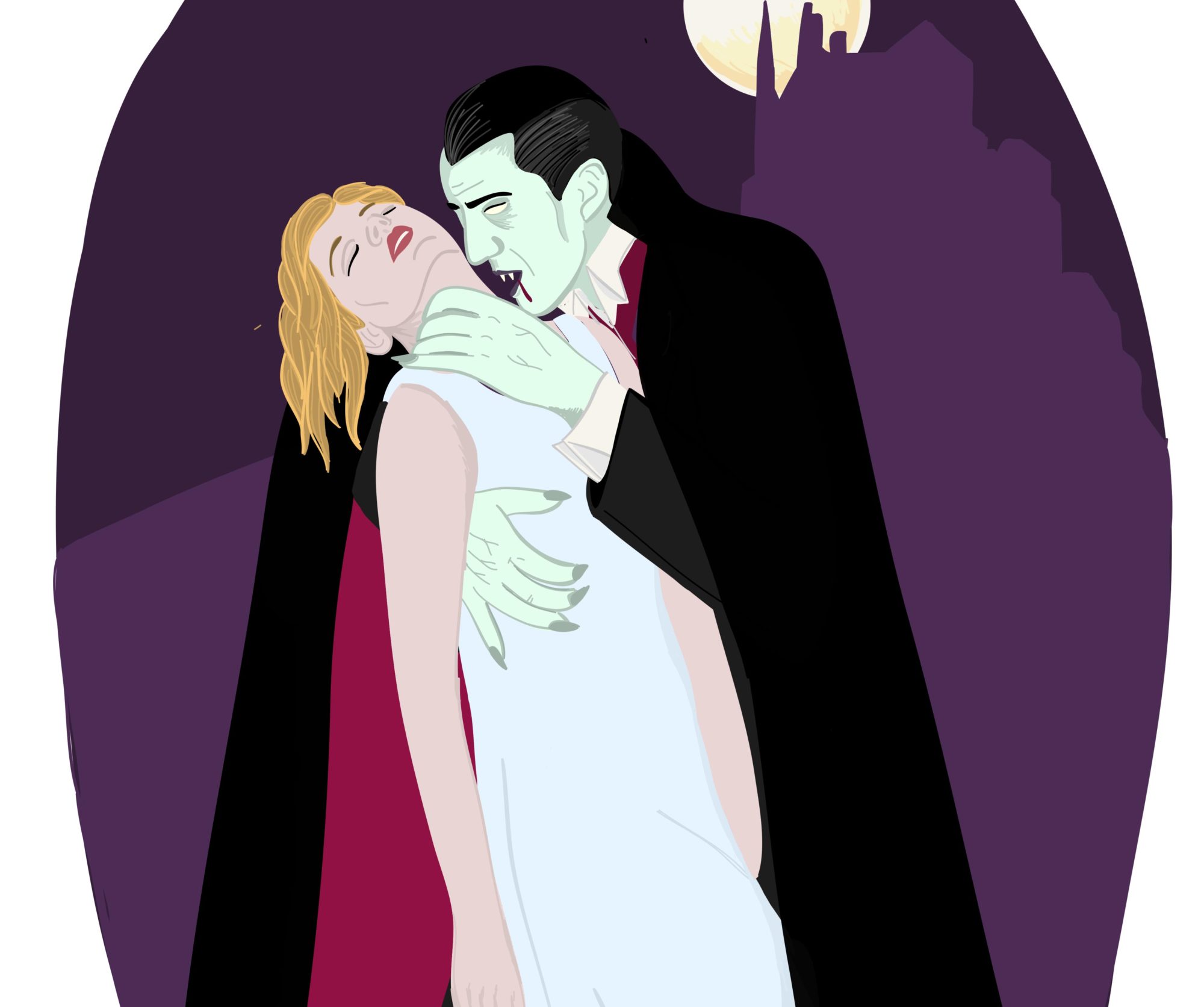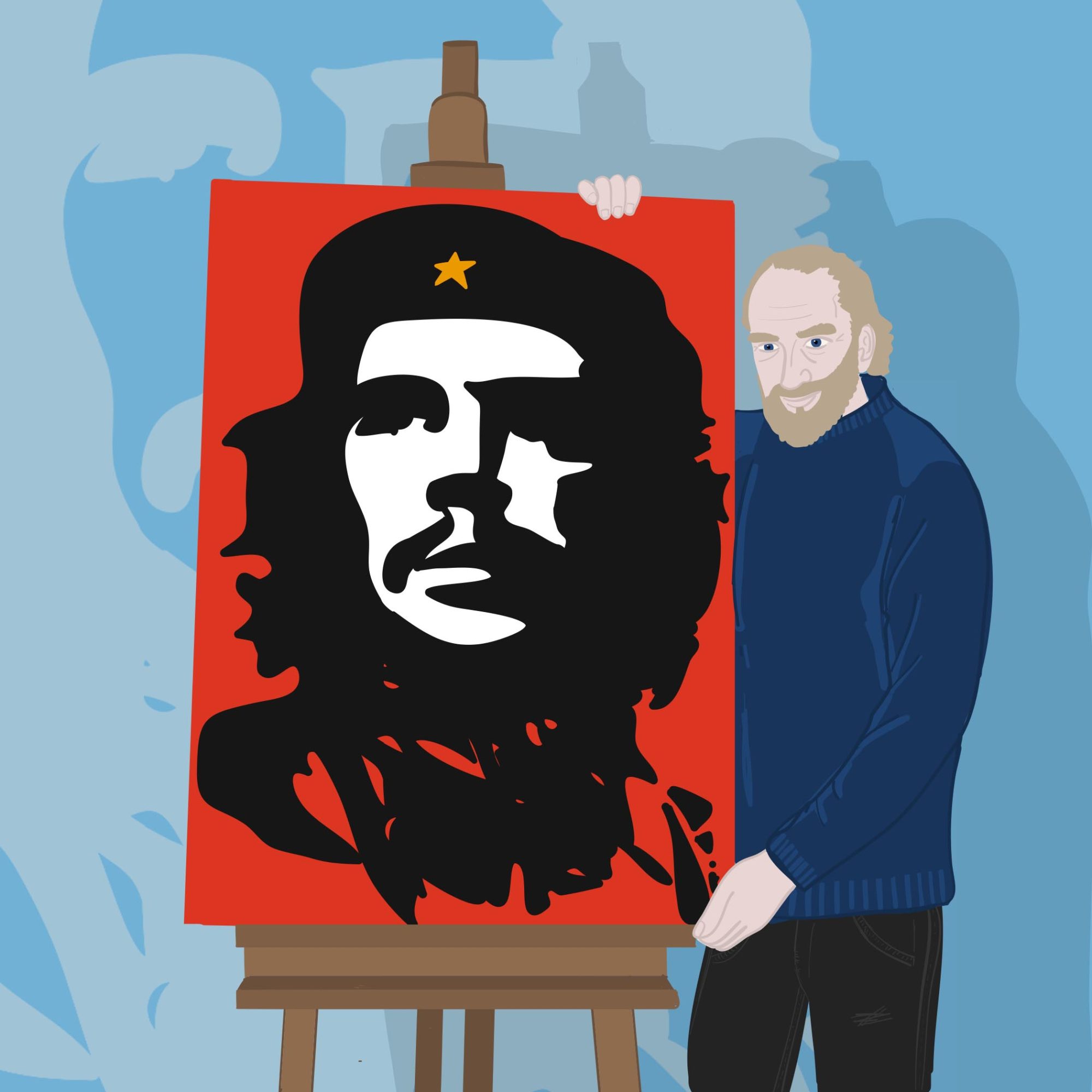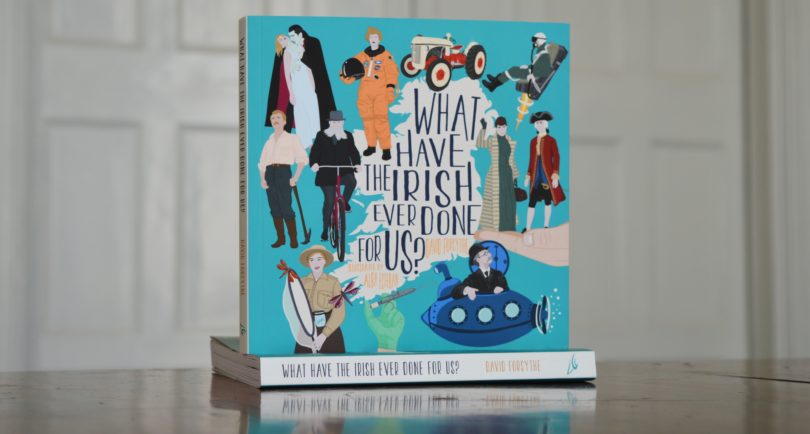It’s almost St Patrick’s Day and what better time to celebrate all the amazing achievements of the Irish – for a small island we have certainly made our mark on the world! Below are some of the outstanding deeds in various fields, all taken from the new book ‘What Have the Irish Ever Done for Us?’ by David Forsythe. If you would like to learn more about the people below, or the many other incredible Irish men and woman who have changed the world, the book is available to buy here.
The Irish and Science
 Known as ‘Madame Dragonfly’, Cork native Cynthia Longfield enjoyed an adventurous career as one of the leading entomologists of her generation. Born in 1896, she led a colourful life. She travelled across the world to South America, Egypt and the Galapagos Islands collecting insect samples for her research. During the course of her work, she had two species of dragonfly that she discovered named after her. She worked with the Natural History Museum in London and is said to have been responsible for saving the museum from destruction during WWII due to her quick thinking during a fire following an air raid. She donated many species to the Royal Irish Academy as well as hundreds of books and records from her research.
Known as ‘Madame Dragonfly’, Cork native Cynthia Longfield enjoyed an adventurous career as one of the leading entomologists of her generation. Born in 1896, she led a colourful life. She travelled across the world to South America, Egypt and the Galapagos Islands collecting insect samples for her research. During the course of her work, she had two species of dragonfly that she discovered named after her. She worked with the Natural History Museum in London and is said to have been responsible for saving the museum from destruction during WWII due to her quick thinking during a fire following an air raid. She donated many species to the Royal Irish Academy as well as hundreds of books and records from her research.
Irish Inventions
 As unlikely as it may seem, the modern submarine is indeed an Irish invention, developed by the ingenious John P. Holland from Liscannor in County Clare. Before Holland turned his hand to inventing full-time, he was a teacher in various places in Ireland including Cork. It was there that he drew up his first submarine designs in 1859 that formed the basis of his successful prototype almost 20 years later. The Holland VI was the first truly capable submarine of the kind we would recognise today. The US Navy purchased the Holland VI, the first commissioned submarine, and ordered six more to form the world’s first naval fleet.
As unlikely as it may seem, the modern submarine is indeed an Irish invention, developed by the ingenious John P. Holland from Liscannor in County Clare. Before Holland turned his hand to inventing full-time, he was a teacher in various places in Ireland including Cork. It was there that he drew up his first submarine designs in 1859 that formed the basis of his successful prototype almost 20 years later. The Holland VI was the first truly capable submarine of the kind we would recognise today. The US Navy purchased the Holland VI, the first commissioned submarine, and ordered six more to form the world’s first naval fleet.
The Irish and WWII
 Mary Elmes, a Cork woman born in 1908, was the only Irish citizen to be honoured as ‘Righteous Among the Nations’ by the State of Israel. The Righteous Among the Nations are those non-Jews who risked their lives during the Holocaust to save Jews from extermination by the Nazis. As well as her aid work during the Spanish Civil War, it is estimated that she helped save the lives of more than 200 Jewish children during WWII. Her bravery earned her the name of the ‘Irish Oskar Schindler’. At great risk to herself, she smuggled Jewish children out of a French camp, hiding them in the boot of her car to bring them across the border to Spain. The new bridge in Cork has been named in her honour.
Mary Elmes, a Cork woman born in 1908, was the only Irish citizen to be honoured as ‘Righteous Among the Nations’ by the State of Israel. The Righteous Among the Nations are those non-Jews who risked their lives during the Holocaust to save Jews from extermination by the Nazis. As well as her aid work during the Spanish Civil War, it is estimated that she helped save the lives of more than 200 Jewish children during WWII. Her bravery earned her the name of the ‘Irish Oskar Schindler’. At great risk to herself, she smuggled Jewish children out of a French camp, hiding them in the boot of her car to bring them across the border to Spain. The new bridge in Cork has been named in her honour.
The Irish and Literature
 Bram Stoker, born in Dublin in 1847, wrote one of the most influential works in the history of fiction. Dracula was published in 1897 and was immediately successful. The book has had a huge impact on the genre of horror and has continued to grow in popularity ever since its publication. He was active in the arts communities in both London and Dublin, and became acquainted with several well-known artists of the day including Arthur Conon Doyle and Oscar Wilde. Stoker died in London in 1912. Since his death Dracula had become the most successful horror novel in history and one of the most adapted works of any genre.
Bram Stoker, born in Dublin in 1847, wrote one of the most influential works in the history of fiction. Dracula was published in 1897 and was immediately successful. The book has had a huge impact on the genre of horror and has continued to grow in popularity ever since its publication. He was active in the arts communities in both London and Dublin, and became acquainted with several well-known artists of the day including Arthur Conon Doyle and Oscar Wilde. Stoker died in London in 1912. Since his death Dracula had become the most successful horror novel in history and one of the most adapted works of any genre.
The Irish and Art
 Jim Fitzpatrick is the artist behind one of the most instantly recognisable images to be made by someone from Ireland. Even if you do not know Fitzpatrick’s name, you will have certainly seen his 1968 portrait of the South American revolutionary Che Guevara. A symbol of protest and rebellion, it has appeared on everything, from mugs, to posters and t-shirts, and art historians rank it as one of the 10 most recognised images of all time.
Jim Fitzpatrick is the artist behind one of the most instantly recognisable images to be made by someone from Ireland. Even if you do not know Fitzpatrick’s name, you will have certainly seen his 1968 portrait of the South American revolutionary Che Guevara. A symbol of protest and rebellion, it has appeared on everything, from mugs, to posters and t-shirts, and art historians rank it as one of the 10 most recognised images of all time.

